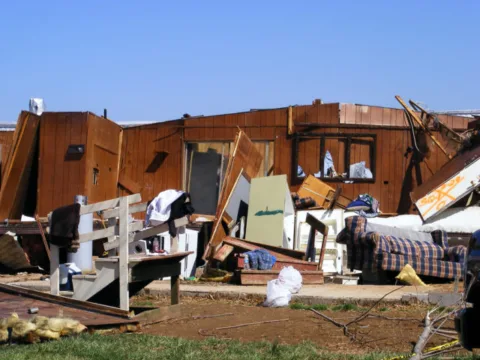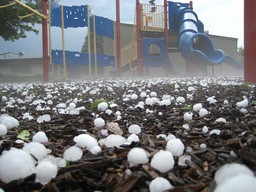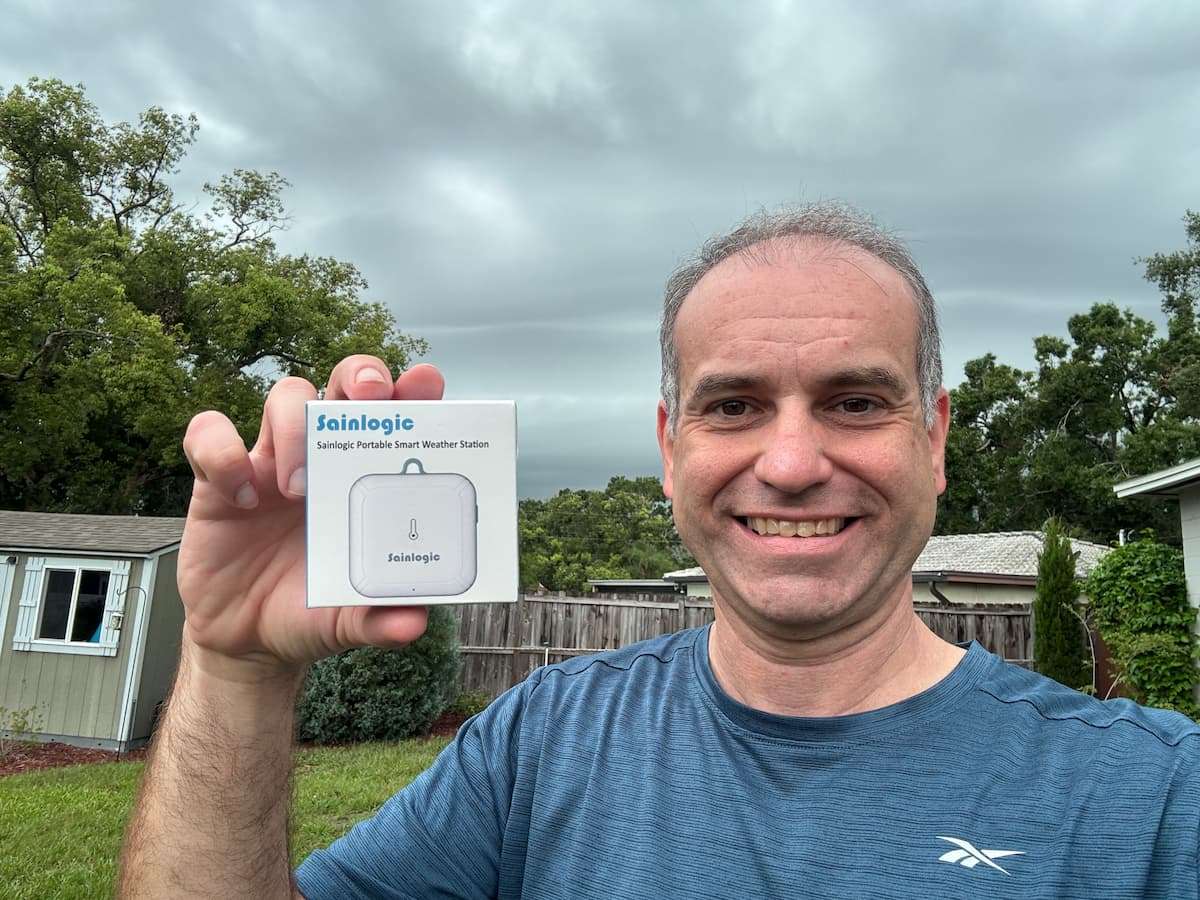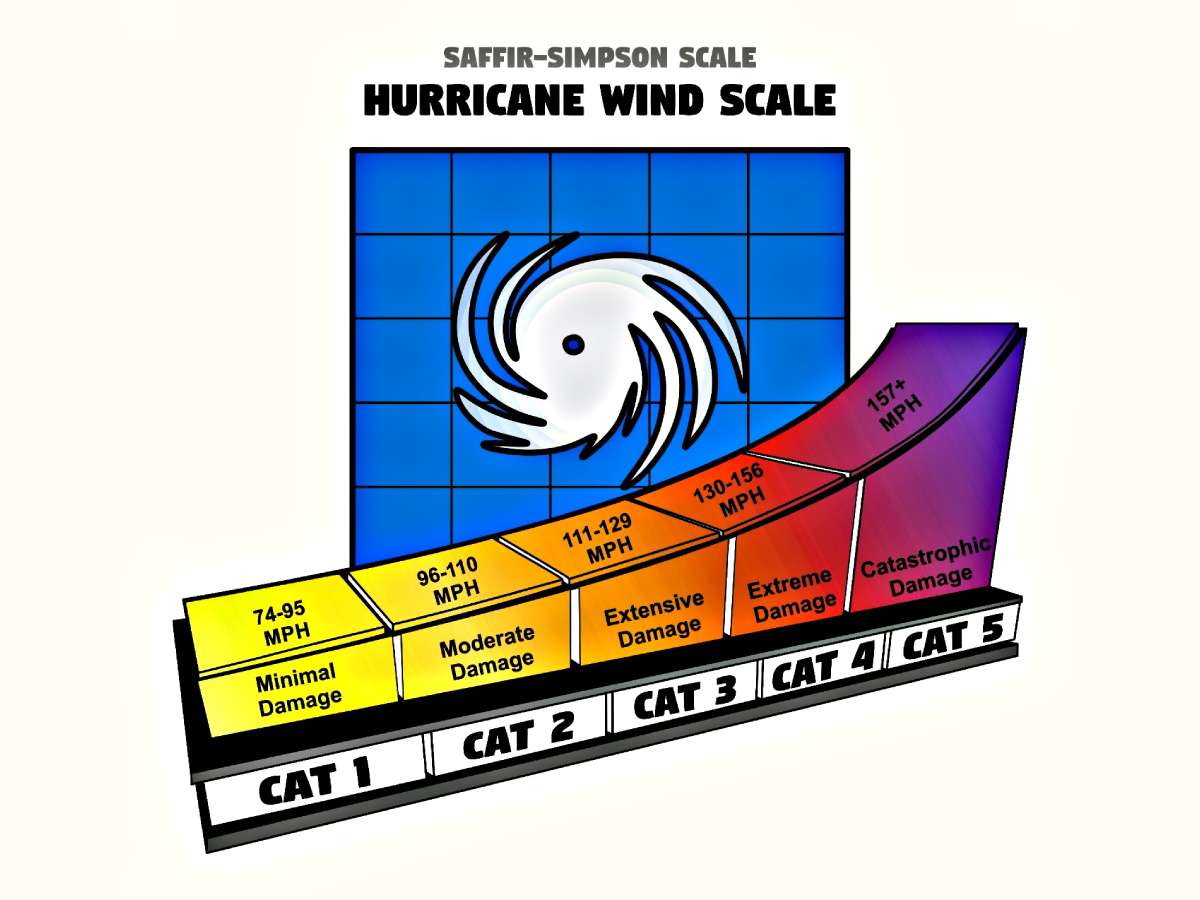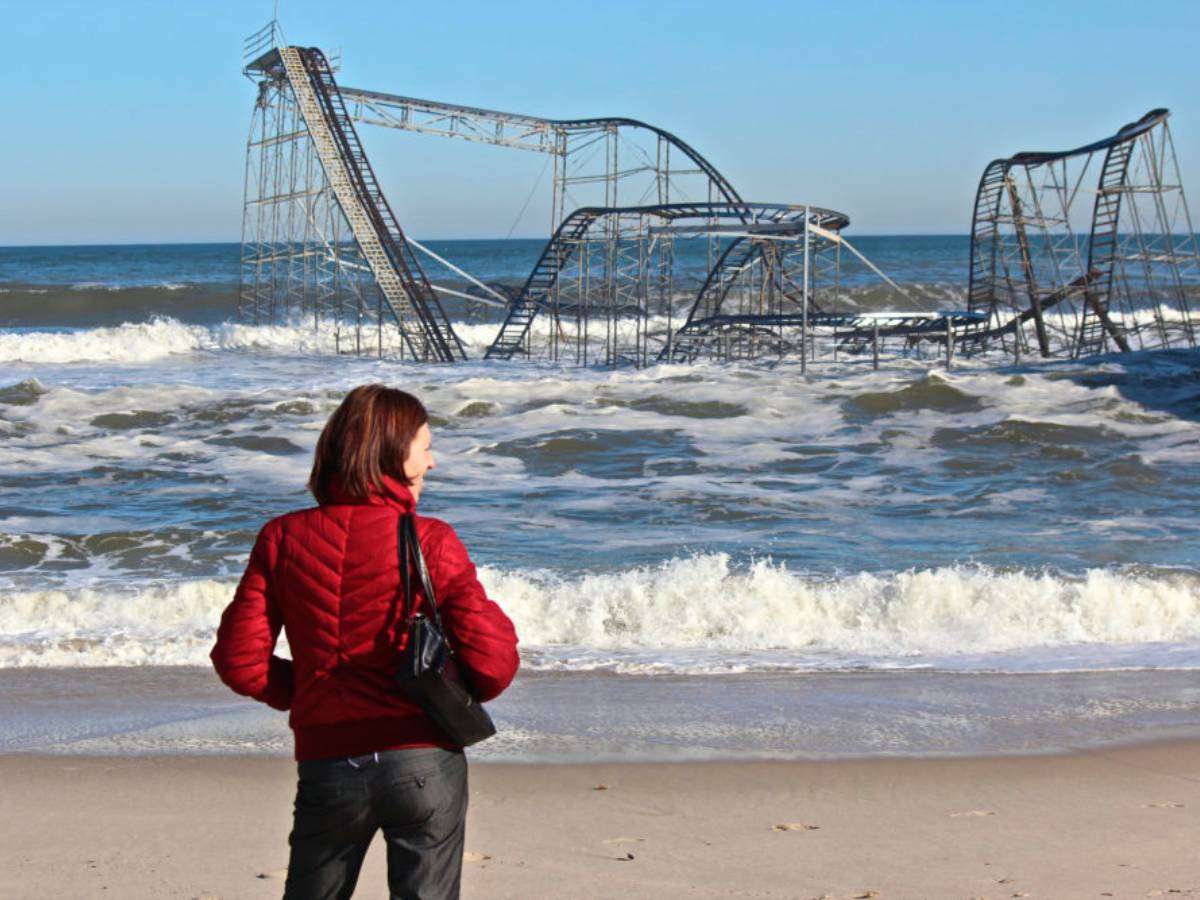It’s tornado season again! That time of year when damage and injury from high winds will likely strike with very little warning.
Tornado season usually means the peak period for historical tornado reports in an area, when averaged over the history of reports. There is a general northward shift in “tornado season” in the U.S. from late winter through mid summer. The peak period for tornadoes in the southern plains, for example, is during May into early June. On the Gulf coast, it is earlier during the spring; in the northern plains and upper Midwest, it is June or July. Remember: tornadoes can happen any time of year if the conditions are right! Source
Since 1875, the first year for which annual tornado deaths were reported by the NOAA, as many as 794 people have died in a single year from tornadoes! That was in 1925. Most recently, in 2008, there were 125 deaths reported.
With internal wind speed at times exceeding 300 mph, the condensation funnel of a tornado will drop down from the clouds, contacting the ground and destroying everything in its path as it travels along, possibly for many miles.
In some cases, ground contact area can be relatively small allowing the funnel to dart in and out of a neighborhood — selectively damaging one house, while avoiding the surrounding neighbors completely.
At other times, a tornado can have ground contact as wide as a mile — obliterating entire towns in a matter of minutes as it takes a clean slate approach to leveling a wide swath across the countryside.
Here’s what you need to know about a tornado warning vs a tornado watch…
Tornado Watch vs Warning
Throughout tornado alley, which covers more than a third of the country, residents and homeowners need to be aware of the dangers that tornadoes present and the safest places to seek protection during times of tornado watches and tornado warnings.
Check out the NOAA’s Storm Prediction Center which shows all active warnings, watches, and weather advisories at this moment.
Specifically:
- A tornado watch means conditions are favorable for the development of tornadoes.
- A tornado warning means that a tornado has actually been sighted by spotters or indicated on radar.
Accuweather has a great explanation of a tornado warning vs tornado watch!
If there’s a tornado warning in your area, here’s how to protect yourself and your family during a tornado.
Tornado Damage & The Power Behind F5 Tornadoes
Your standard “stick and brick house” generally offers poor protection from the devastating strength of an F5 tornado.
Projectiles can penetrate brick walled homes like missiles with very little effort.
This short video demonstrates how easily a 2×4 will blast right through such buildings:
That’s why it’s important to understand the power behind these powerful forces of nature:
- The Fujita Tornado Intensity Scale explains what you’re likely to experience with an F1 tornado, all the way up to an F5 tornado.
- More specifically, the Fujita Tornado Damage Scale shows the type of damage that is likely to occur with each type of tornado.
Providing your family with a safe haven designed to withstand the forces of a tornado is your best security blanket during the tornado season.
Tornadoes Bring More Than Just Strong Winds
Often associated with tornadoes are violent thunderstorms and damaging hail events.
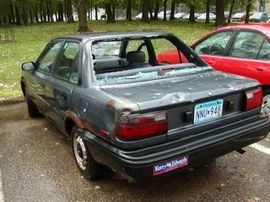 When ice chunks the size of baseballs are falling out of the sky, you better be under cover!
When ice chunks the size of baseballs are falling out of the sky, you better be under cover!
Not only can hail do serious damage to cars, skylights, and windows, but death is a real possibility if you’re caught without a suitable place to seek shelter.
Prepare For A Tornado… Now!
Now is the time to figure out where you’re going to seek shelter — before the storm clouds and tornado funnels form overhead.
With many types of well designed storm shelters available — both above ground and underground — it might be wise to consider a tornado safe room for your house.

